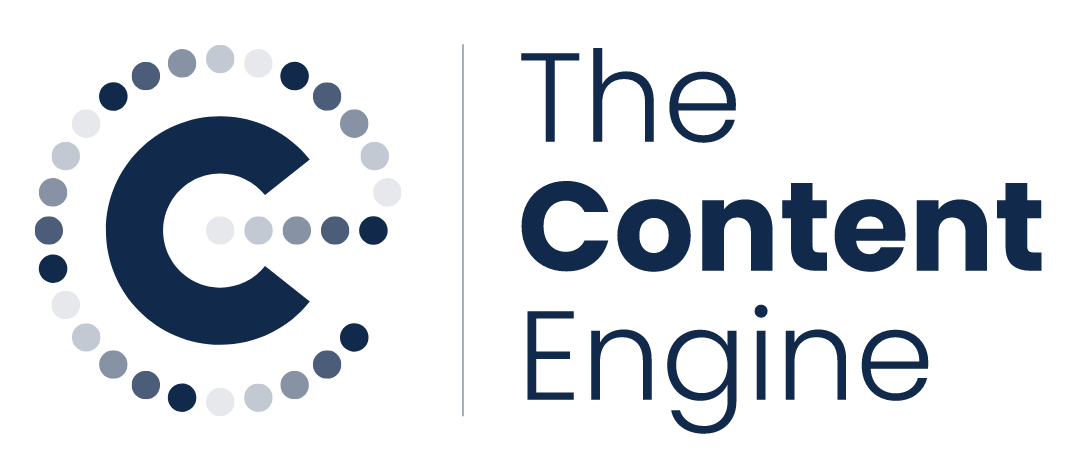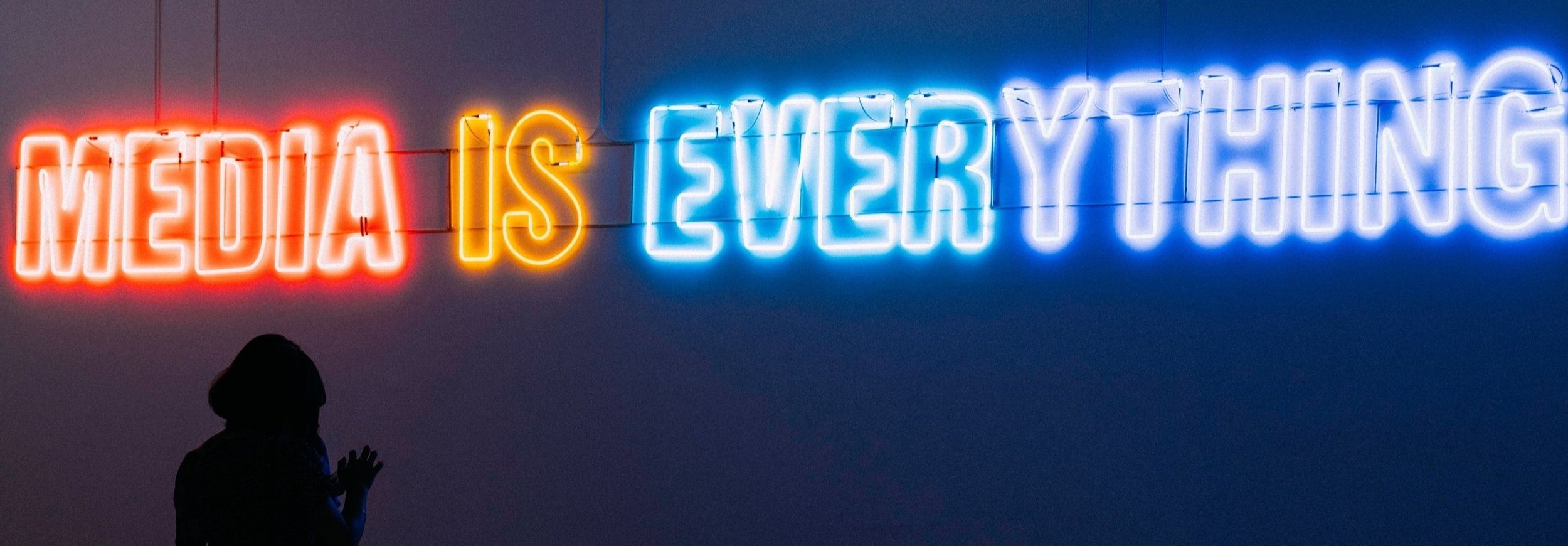Communicators: here’s where to spend your energy in 2024
Where does your audience like to spend time online?
We can tell you where they don’t: your website. Trying to drive them there might actually be doing more harm than good.
Instead of trying to draw your busy and distracted audience to different platforms, you need to meet them where they are.
About 95% of your audience isn’t ready to buy or engage yet. Instead they’re spread across different social platforms, looking for engaging content that resonates with their interests – without feeling the pressure to take the next step.
For most organisations we work with, that platform is LinkedIn. Here’s why.
LinkedIn: A tailored B2B content hub
LinkedIn has energetically evolved during 2023. Especially in the wake of Twitter/X’s reformation, it’s become the go-to place for B2B interaction. Recent changes are all focused on helping users and businesses engage in more meaningful ways.
Some of the most significant updates to LinkedIn in 2023 for marketers:
A messaging inbox for company pages that enables direct messaging between users and businesses, allowing brands to build deeper connections with their audience.
And while LinkedIn acknowledges that lead generation is still important, “globally 64% of B2B CMOs report their C-suites are increasing the importance of brand building given economic conditions and 63% of B2B marketers report that their organisation or client has increased spending on brand awareness.”
Supporting this is the new Audience Insights API, so brands can better understand and serve the audiences they are targeting.
It’s all about adding value for users – including what’s on their feed.
LinkedIn's algorithm aims at promoting content relevancy over popularity. This shift prioritises putting valuable content in front of the right audience, rather than favouring viral but less relevant posts.
This means content from a first-degree connection is more likely to pop up on your feed than the latest viral video.
Why LinkedIn might just be your best bet
Let’s revisit our original question: where does your audience spend time? Answer: if LinkedIn’s algorithm has anything to do with it, LinkedIn.
LinkedIn rewards you for being on LinkedIn. Unlike other platforms, success relies on being a team player, an effective contributor on the platform.
The platform tends to penalise posts that contain outgoing links, pushing organisations to publish content directly on LinkedIn rather than driving users to external websites. This move encourages a more native user experience and keeps users engaged within the LinkedIn ecosystem.
How to make the most of this: organisations should leverage LinkedIn’ native publishing features, like articles, posts, newsletters, polls and documents.
By building a presence where their audiences are most active, organisations can boost their visibility and establish credibility without the hard sell of a product pitch on a separate tab.
Expanding beyond LinkedIn: multichannel strategy for content distribution
LinkedIn is a sure bet for any business, a necessity in 2024. But a multifaceted content strategy needs to look at where a specific audience likes to spend time – and how platforms are evolving
Be clear on your target demographic, and how they like to engage with content. Once you’ve established how they’re likely to behave online, look at each platform's features and how they align with these content goals.
For example, long-form content may find a welcoming home on platforms like Medium, whereas visually driven content could thrive on Instagram or Pinterest, depending on your audience.
Here are a few of the major updates to social media platforms in 2023 to think about as you plan for 2024:
Pinterest now allows sellers and creators to tag their Pins with Product Tags to bridge “the gap from inspirational content to shoppable products.”
Nearly half of YouTube’s viewers are watching on TV – a massive shift below 30% in 2020. There are also more opportunities for cross-promotion on your channel. YouTube now allows you to “edit your Shorts to include a link to a video from your channel”, helping direct viewers from one video to the YouTube channel.
Threads
Threads made a short-lived splash while Instagram has been quietly growing.
Zuckerberg attributes its growing engagement this year to Reels, so it's worth testing these out if you haven’t yet. Similar to LinkedIn, Instagram is trying to encourage more interaction in the form of comment polls.
The key is to tailor your content format to the strengths of each platform, ensuring that it's optimised for maximum engagement.
A word of caution: quality over quantity
When Threads launched, we jumped on that bandwagon just like everyone else did. A few months in it’s clear: we didn’t need to, and more importantly, we shouldn’t.
It’s important to have a presence online. But don’t let the quality of your content slip by spreading yourself too thinly. Each platform needs a well thought out and tailored strategy that takes dedicated time and resources. Choose platforms carefully based on where your audience is. Your goals need to reflect the time and talent you have available.
When in doubt, follow your audience. Put your energy into the places they consistently spend time.
And if you need help powering a social channel with content, ask us.




